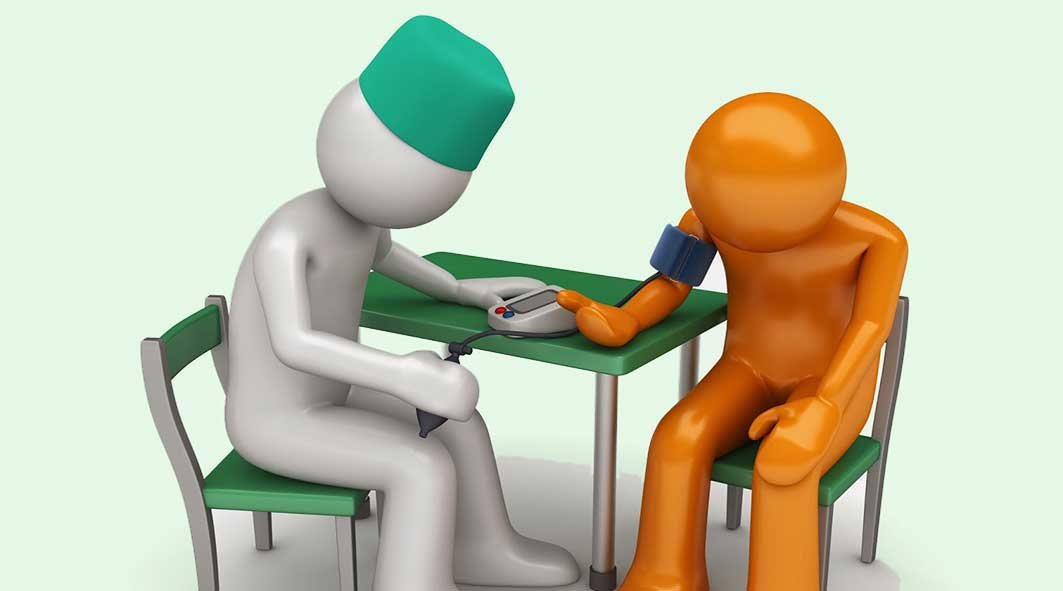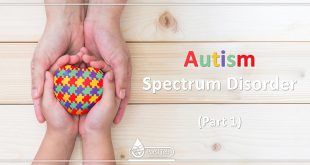low blood pressure and causes
Conditions that reduce the volume of blood, reduce cardiac output (the amount of blood pumped by the heart), and medications are frequent causes of low blood pressure.
* Dehydration is common among patients with prolonged nausea, vomiting, and diarrhea. Large amounts of water are lost when vomiting and with diarrhea, especially if the patient does not drink adequate amounts of fluid to replace the depleted water.
Other causes of dehydration include exercise, sweating, fever, and heat exhaustion, or heat stroke. Individuals with mild dehydration may experience only thirst and dry mouth. Moderate to severe dehydration may cause orthostatic hypotension (manifested by lightheadedness, dizziness, or fainting upon standing). Protracted and severe dehydration can lead to shock, kidney failure, confusion, acidosis (too much acid in the blood), coma, and even death.
* Moderate or severe bleeding can quickly deplete an individual’s body of blood, leading to low blood pressure or orthostatic hypotension. Bleeding can result from trauma, surgical complications, or from gastrointestinal abnormalities such as ulcers, tumors, or diverticulosis. Occasionally, the bleeding may be so severe and rapid (for example, bleeding from a ruptured aortic aneurysm) that it causes shock and death rapidly.
* Severe inflammation of organs inside the body such as acute pancreatitis can cause low blood pressure. In acute pancreatitis, fluid leaves the blood vessels to enter the inflamed tissues around the pancreas as well as the abdominal cavity, depleting the volume of blood.
Causes of low blood pressure due to heart disease
* Weakened heart muscle can cause the heart to fail and reduce the amount of blood it pumps. One common cause of weakened heart muscle is the death of a large portion of the heart’s muscle due to a single, large heart attack or repeated smaller heart attacks. Other examples of conditions that can weaken the heart include medications that are toxic to the heart, infections of the muscle of the heart by viruses (myocarditis), and diseases of the heart’s valves such as aortic stenosis.
* Pericarditis is an inflammation of the pericardium (the sac surrounding the heart). Pericarditis can cause fluid to accumulate within the pericardium and compress the heart, restricting the ability of the heart to fill and pump blood.
* Pulmonary embolism is a condition in which a blood clot in a vein (deep vein thrombosis) breaks off and travels to the heart and eventually the lung. A large blood clot can block the flow of blood into the left ventricle from the lungs and severely diminish the blood returning to the heart for pumping. Pulmonary embolism is a life-threatening emergency.
* A slow heart rate (bradycardia) can decrease the amount of blood pumped by the heart. The resting heart rate for a healthy adult is between 60 and 100 beats/minute. Bradycardia (resting heart rates slower than 60 beats/minute) does not always cause low blood pressure. In fact, some highly trained athletes can have resting heart rates in the 40s and 50s (beats per minute) without any symptoms. (The slow heart rates are offset by more forceful contractions of the heart that pump more blood than in non-athletes.) But in many patients bradycardia can lead to low blood pressure, lightheadedness, dizziness, and even fainting.
Several common reasons for bradycardia include: 1) sick sinus syndrome, 2) heart block, and 3) drug toxicity. Many of these conditions occur in the elderly.
1. Sick sinus syndrome: Sick sinus syndrome occurs when the diseased electrical system of the heart cannot generate signals fast enough to maintain a normal heart rate.
2. Heart block: Heart block occurs when the specialized tissues that transmit electrical current in the heart are damaged by heart attacks, degeneration from atherosclerosis, and medications. Heart block prevents some or all of the electrical signals from reaching the rest of the heart, and this prevents the heart from contracting as rapidly as it otherwise would.
3. Drug toxicity: Drugs such as digoxin (Lanoxin) or beta blockers for high blood pressure, can slow the transmission of electricity in the heart chemically and can cause bradycardia and hypotension (see section below “Medications that cause low blood pressure”).
* An abnormally fast heart rate (tachycardia) also can cause low blood pressure. The most common example of tachycardia causing low blood pressure is atrial fibrillation. Atrial fibrillation is a disorder of the heart characterized by rapid and irregular electrical discharges from the muscle of the heart causing the ventricles to contract irregularly and (usually) rapidly. The rapidly contracting ventricles do not have enough time to fill maximally with blood before the each contraction, and the amount of blood that is pumped decreases in spite of the faster heart rate. Other abnormally rapid heart rhythms such as ventricular tachycardia also can produce low blood pressure, sometimes even life-threatening shock.
 Parsi Teb Physical and Mental Health Journal
Parsi Teb Physical and Mental Health Journal 



